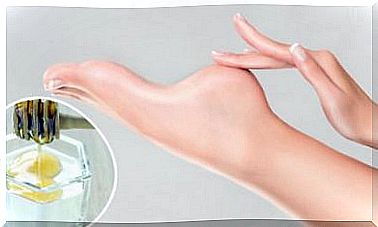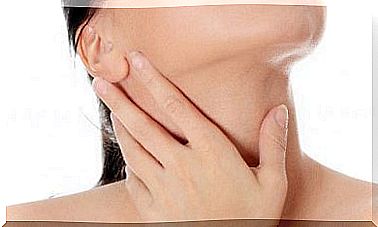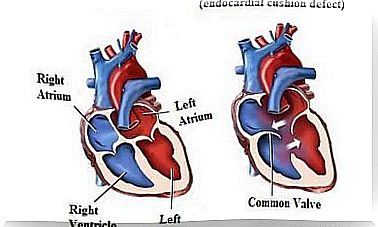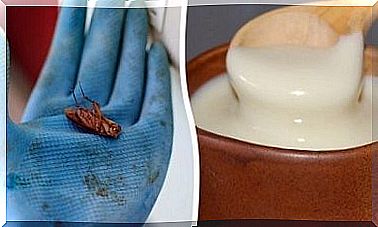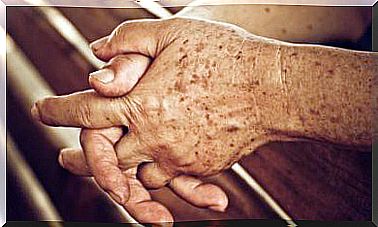The Difference Between Atopic And Seborrheic Dermatitis
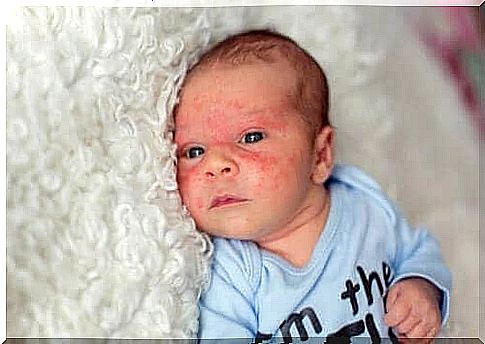
Atopic and seborrheic dermatitis are two very common skin conditions. Although many people tend to confuse the two, in reality they are completely different.
Atopic eczema is a skin condition that often causes redness, itching and dryness. It is believed that genetics is one of the most important risk factors. However, experts also believe that environmental factors and diet are factors that play a role. On the other hand, seborrheic dermatitis causes scaly spots and redness on the skin.
It’s like having persistent dandruff. However, it is a condition that can affect any area of the body where more sebum is produced, including eyebrows, face and ears.
Both atopic and seborrheic eczema cause skin irritation and bothersome symptoms. However, there are many differences between the two conditions. We will explain them below.
Who is affected by atopic and seborrheic dermatitis?
Interestingly, this is one of the primary keys to diagnosing both conditions. Atopic and seborrheic dermatitis tend to affect different groups of people.
First , atopic eczema mostly affects children and adolescents. In fact, it is estimated that it affects 20% of the general population. Interestingly, doctors focus on the person’s personality when diagnosing it. This is because atopic eczema is very itchy and burning.
When it comes to babies who cannot express themselves, they often have a very distinctive personality as they are irritable and nervous.
However, seborrheic dermatitis has two occurrences. It usually manifests itself in the first months of life or after puberty. It also tends to affect more men than women. Fortunately, it only affects about 5% of the population.
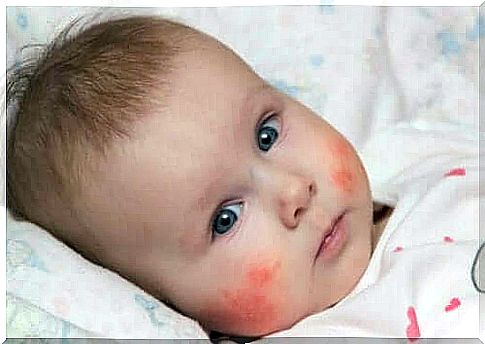
What are the symptoms of atopic and seborrheic dermatitis?
Atopic and seborrheic dermatitis causes itching and red skin. However, each condition causes its own symptoms.
For example, in the case of atopic eczema, this itching usually gets worse at night. In addition, atopic eczema causes dryness of the skin. As a consequence, the itching causes the affected person to itch, which ends up causing the skin to peel and swell up. Red spots also appear in many places on the body, such as the hands, feet and neck.
In addition, the skin becomes thick and cracks due to dryness. It is common for whitish and scaly spots to appear on the elbows, for example. They are similar to those that appear at pityriasis alba, and also cause itching.
On the other hand, seborrheic dermatitis results in a kind of dandruff on the hair, eyebrows and even beard. This condition also causes oily patches of skin, which are often covered with white or yellowish scales. This is called arp.
These “dandruff” usually occur on both sides of the nose, eyebrows and eyelids, among other things. This means that they occur in all the areas where the body produces more sebum. It is also common to find areas with scaly, red skin.
Lastly, it is important to know that another difference between atopic and seborrheic dermatitis is the way it manifests. Atopic eczema typically manifests with periodic worsening and disappears temporarily for up to several years. Seborrheic eczema gets worse with stress or cold and dry seasons.
Other major differences
Atopic and seborrheic eczema are also different in how they affect newborns, since seborrheic eczema does not cause discomfort in babies. However, as we mentioned above, atopic eczema can make the child suffer, which is why they are almost always irritated.
Another difference is skin hydration. While seborrheic eczema makes the skin look oily, atopic eczema causes dryness on the skin. However, to treat both conditions , it is essential to keep the skin hydrated.

Conclusion
Although both disorders may affect newborns, it is important to know the characteristics of each of them in order to indicate the appropriate treatment. That way, you will also be able to avoid the factors that aggravate them.
If in doubt, do not hesitate to talk to a specialist.
